Jio’s 3-Point Strategy to Connect a Billion Indians (Part I)
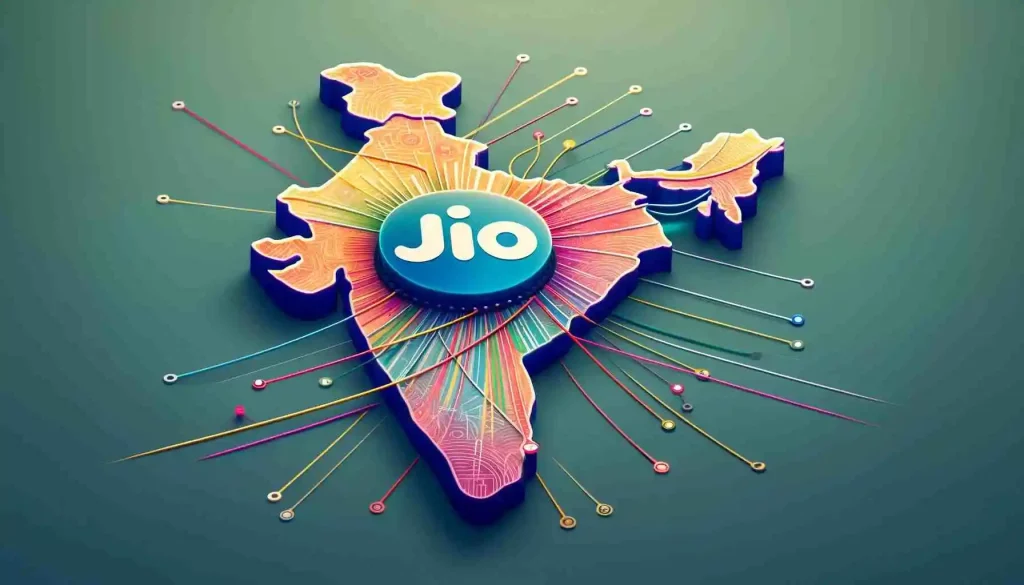
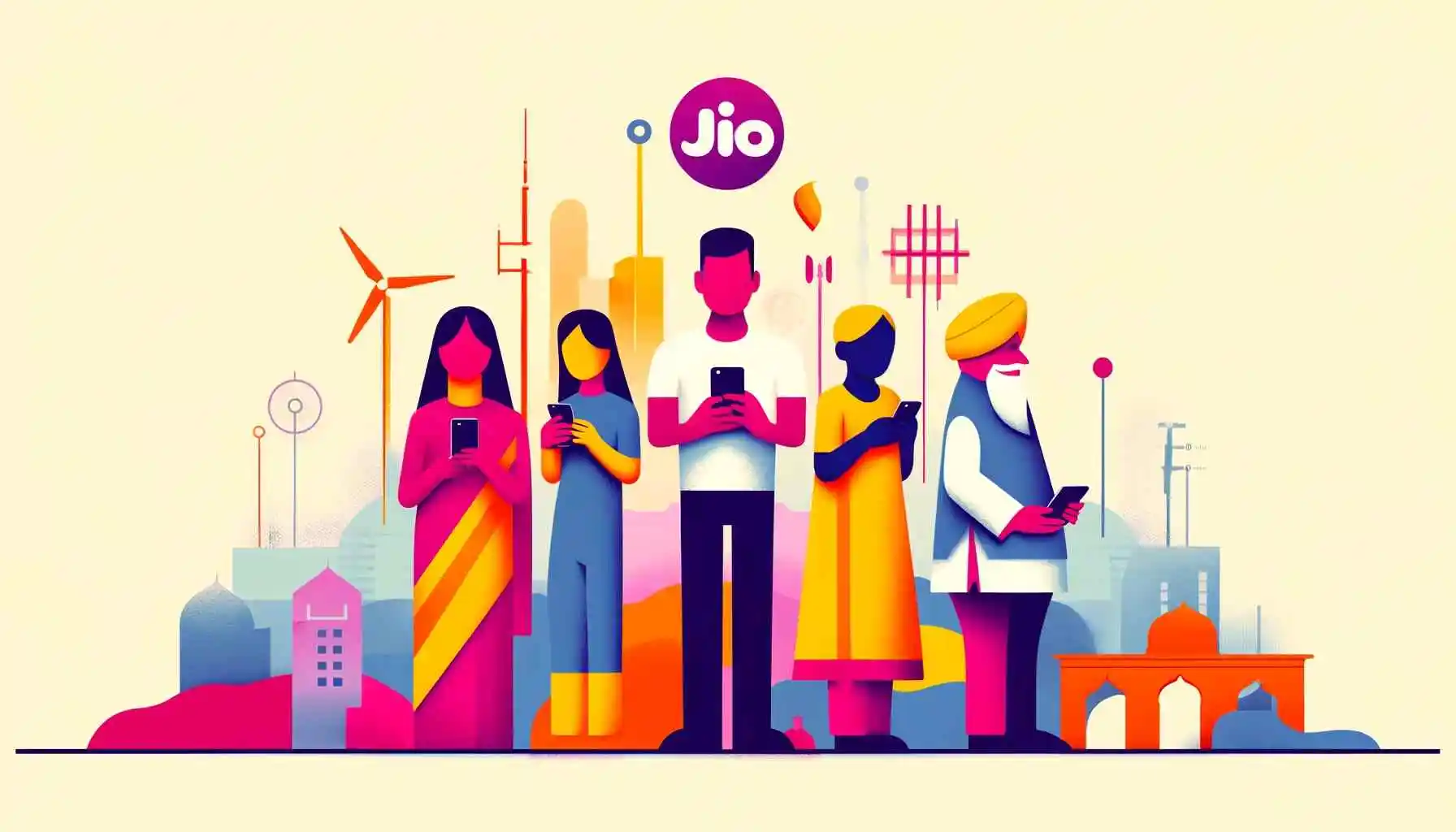
The Indian Telecom Industry is a fascinating case-study of a hyper-competitive market turning into an oligopolistic market in a span of few years – all precipitated by an entry of a single player. If the story of an industry disruption were to be demonstrated anywhere; Jio and the Indian telecom industry would feature prominently in it.
Once known to be a cutthroat market, the Indian telecom industry—especially the wireless/mobile sector, which is valued at a whopping ₹3,000 billion (as on December 2023) and serves the largest user base in the world with a little over 1.15 billion subscribers—consists of just five major operators. In fact, as of 31 December 2022, 16 mobile operators have entirely ceased operations in India.
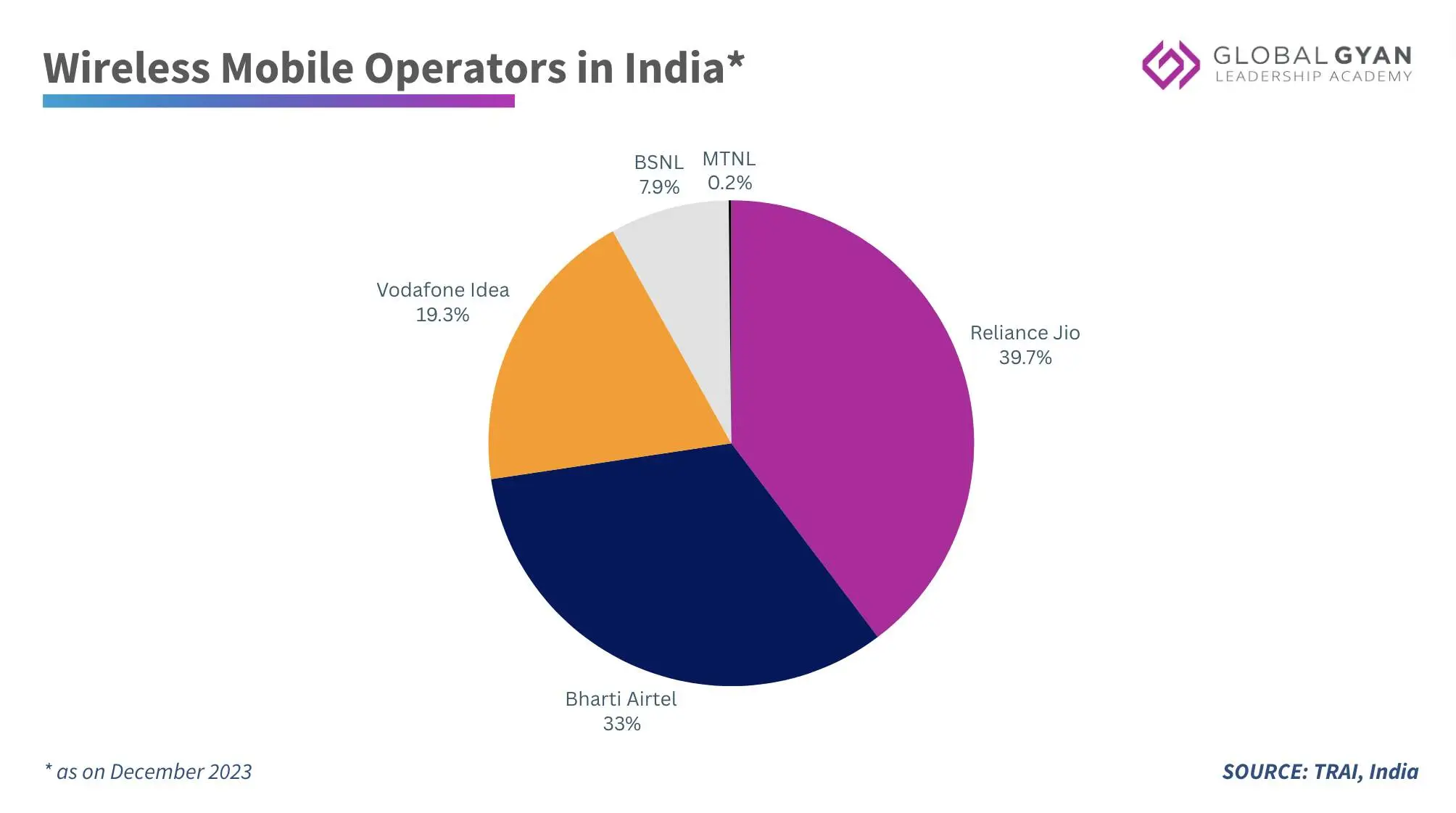
MTNL & BSNL are government telecom players that are bleeding customers at a rapid rate. In reality, the Indian telecom market today is a two-horse race between Jio and Airtel. In this two-part series, we focus on two of the three pivotal strategies Reliance Jio administered to connect over a billion Indians in a heartbeat.
The pivotal moment in this market consolidation narrative came with the entry of Reliance Industries’ telecom arm, Reliance Jio, in September 2016. By 2023, Jio not only led in subscriber growth but also dominated the broadband sector with a market-leading share of 470.19 million subscribers! Jio’s strategy was disruptive, to say the least, and has been the focal point of numerous discussions and analyses. However, most of these discussions revolve around the following two themes:
- That Jio kept the services free of charge for initial 6 months which allowed them to add close to 100 million subscribers.
- That Jio continued to charge much lower tariffs on mobile data, which disrupted the market and was responsible for driving away the competition.
The $18Bn Investment
What often gets overlooked in Jio’s rise to fame is that, even before officially launching its services, the parent company Reliance Industries invested around $18 billion in setting up a comprehensive telecom infrastructure, especially for 4G services, in the country. This unprecedented investment allowed Jio to deploy a high-capacity network supporting vast geographic coverage, including those regions that were previously deemed underserved by digital services, and high-speed internet from day one.
Picture this: in March 2024, the urban tele-density stood at 133.72% as opposed to a rural tele-density of 59.19%. A month before Jio’s official launch, the rural tele-density stood at a little over 50% (in August 2016). The rural customers were primarily served by government run BSNL and a few private players. It was this imbalance that Jio aimed to prioritise with its launch. Therefore, Reliance targeted 18,000 cities and 2,00,000 villages as its launchpad, a scale unmatched by any other player in the Indian telecom sector at the time.
In contrast, competitors like Airtel and Vodafone had incrementally, over several years, built their networks focusing primarily on urban centres and without committing a comparable level of resources in one go. As a result, Jio set itself up for rapid market penetration by not only catering to the urban populace but also to the rural dwellers who had never had the luxury of accessing high-speed Internet at the tip of their fingers.
As Mumbaikars, we may vividly remember the times when our mobile service would abruptly disappear as soon as we stepped out of Mumbai and into smaller cities or away from highways and main roads not too long back. Indian telcos then focused on providing network connectivity wherever, and if, possible; however, providing data connectivity never seemed important enough an issue to tackle. High-speed mobile data connectivity (3G as it was called then) was definitely not a priority outside major cities for most telecom players.
It is often said that in the Telecom industry, there needs to be a “Killer App” to drive demand, and the popular thought in early 2010s was that such a killer app does not exist to justify large-scale infrastructure CAPEX in rural/semi-urban areas yet. However, many players (including industry analysts and pundits) underestimated the latent demand for data/information and the tools submersed in rural India. All in all, India was getting ready for an inflection point like none other in telecom history.
The government was relentlessly pushing for digitization. WhatsApp had become the de-facto communication mode for urban Indians & the rural/semi-urban populace was feeling left-out. More information was becoming available through YouTube and other channels that was as important for rural population as it was for the urban population. We hypothesise here that Jio either brilliantly anticipated this latent demand/inflection point OR were really lucky to be at the right-time at the right place. Either way, “Bharat” beyond tier-2 cities was desperately looking to come online & Jio happened to be the most easily available (and cheapest) channel to do that.
Jio’s plan with the telecom infrastructure was to introduce digital inclusion across the country. And today, the results are there for us to see as the country continues to reign supreme in the global financial markets with various endeavours like UPI and net-banking (while net-banking is not a novel concept in itself, we mention it here because our systems handle unprecedented traffic volumes on a daily basis as of May 2024).
Reliance Jio first held an invite-only, closed-loop testing involving limited users for its cellular services. The users who received a free Jio SIM during this period reported 4G data speeds of over 20 Mbps—unheard of at a time when we were lucky to clock 6-7 Mbps.
The company’s strategy further involved not just upgrading existing technologies but implementing a holistic, next-gen network infrastructure capable of handling immense data traffic, concomitant with India’s growing population and the subset that demanded access to high-speed Internet, and providing superior voice and data services. This bold move not only provided Jio a technological edge but also positioned it as a formidable challenger in the telecom space, capable of offering cutting-edge services at lower costs due to the scale and efficiency of its infrastructure.
Sustained Growth Through Aggressive Pricing
When Jio entered the Indian telecom fray, it adopted the freemium model. Thereafter, competitive pricing became core to the company’s value-proposition—with the tariffs being touted as the lowest in the world, setting a new standard for affordability. Jio laid out a plan based on three pillars: customers should pay only for voice or data, not both; data should be affordable; and the pricing structure should be simple. This led to the introduction of several data plans that ranged from as low as ₹50 for 1GB to various larger packs offering more data and benefits, including free voice calls and access to Jio’s suite of premium applications until the end of 2017.
This aggressive pricing not only catalysed a significant uptick in digital adoption across India but also positioned Jio as a leader in market share within a short span. By December 2023, Jio had achieved a dominant market share of 39.69%, a testament to its successful penetration strategy. The company’s approach went beyond mere pricing; it also included a comprehensive digital ecosystem that featured applications such as JioPlay and JioMoney, enhancing the overall value proposition for its users.
Moreover, Jio’s pricing dynamism continued to evolve. In response to market conditions and its growing subscriber base, which surpassed 355 million, Jio adjusted its tariff plans. Although these adjustments saw an increase of up to 40%, Jio’s offerings remained about 25% cheaper than those of its competitors, thereby sustaining its market-leading position even with raised prices. This strategy not only maintained customer loyalty but also ensured a competitive edge in the market.
Ever since its entry in the Indian Telecom space, Jio has made great strides in connecting Indians all over India. This is significant because, despite operating in the most populous country, competitors have largely, in the past, prioritised gaining grounds on the global stage, so much so that they have taken their own customer base for granted. Jio took nothing for granted and made strategic moves that have begun to reap multifold rewards. In the next part, we uncover the final key strategy that has provided Jio the ultimate edge and made it the country’s go-to telecom operator.
What do you think truly differentiates Jio? Let us know in the comments section below!

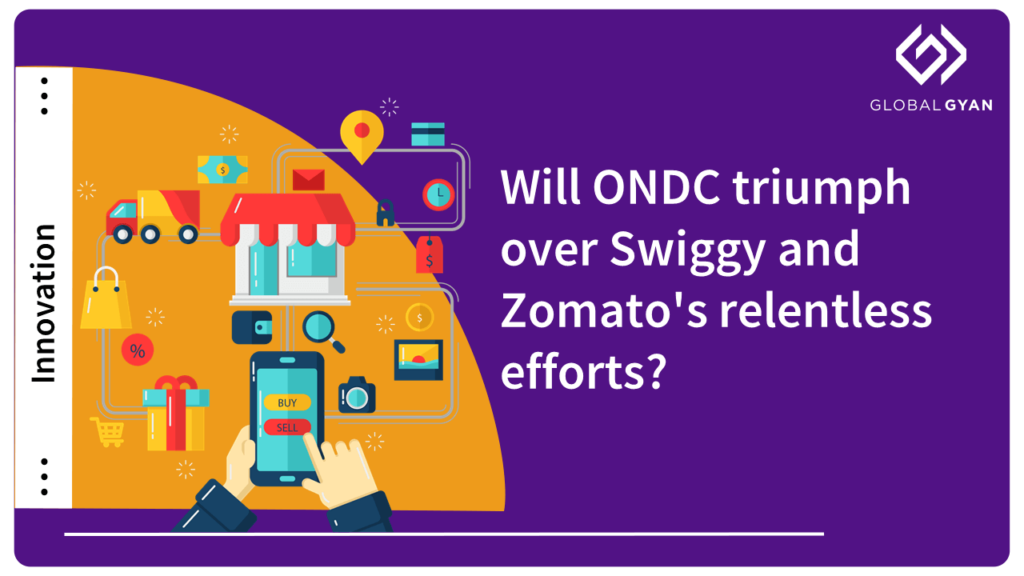

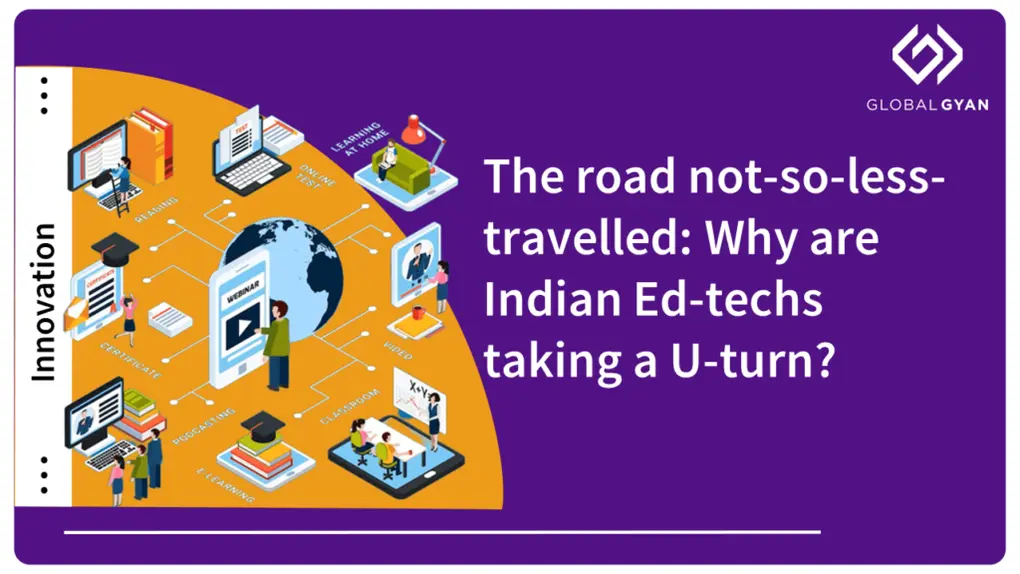



with the tariffs being touted as the lowest in the market, customers were lured to buy and continue the services. Slowly they have made it a mandate and this turned out as a necessity for the customers.